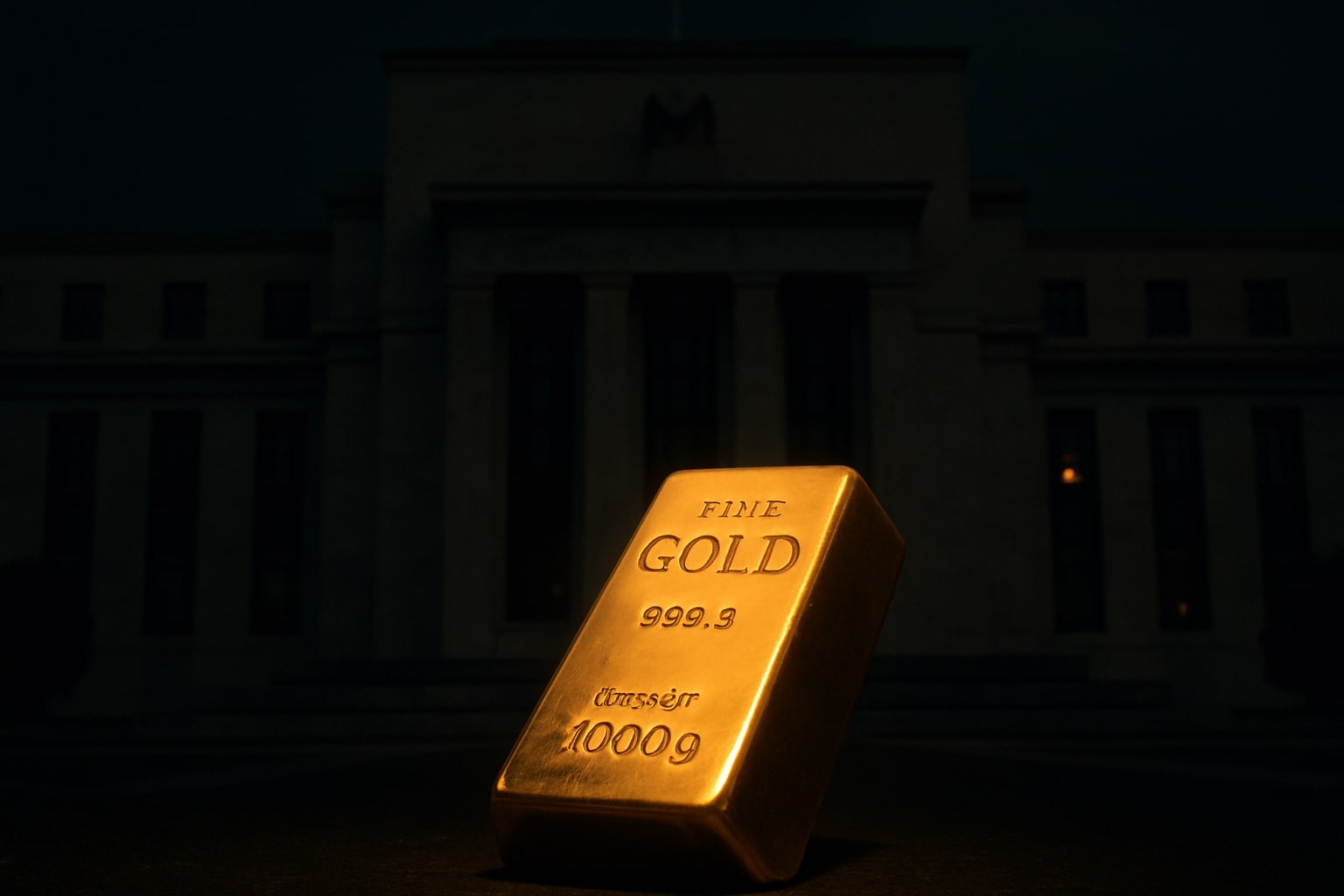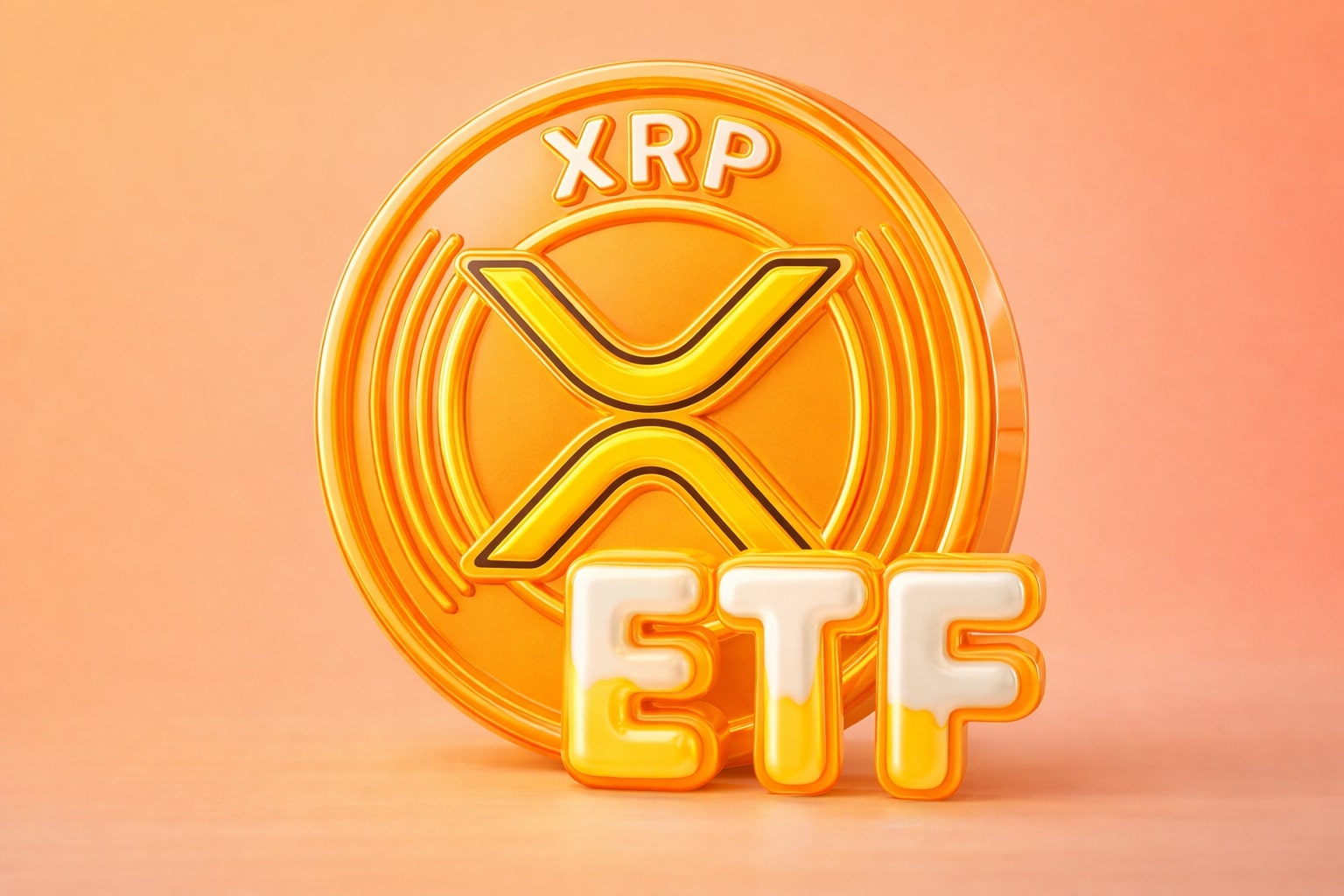
Gold Price Steady at $3,388 Despite Hot Inflation Data
PPI spike tempers rate-cut hopes, but strong central bank demand and $3,350 support keep bulls targeting $3,500 breakout | That's TradingNEWS
XAU/USD Resilient Despite Inflation Shock and Geopolitical Crosscurrents
Gold prices are holding firm near $3,340–$3,388 after a volatile week shaped by hotter-than-expected U.S. wholesale inflation data, shifting Federal Reserve rate-cut bets, and a looming high-profile summit between U.S. President Donald Trump and Russian President Vladimir Putin. December gold futures last traded at $3,388.20, up $4.90 on the day, while spot XAU/USD remains tightly rangebound heading into the weekend. This follows Thursday’s sharp $30 drop to $3,330 per ounce after the July Producer Price Index jumped 0.9% month-over-month and 3.3% year-over-year, well above consensus. The PPI spike—partly fueled by tariff pass-through—tempered expectations for a 50-basis-point Fed cut in September, with Fed Fund futures now showing slightly under 25 basis points of easing. Despite the inflation surprise, CME FedWatch still signals a 92.6% probability of a September cut, with markets factoring in two 25-basis-point reductions by year-end. This softer rate outlook has capped dollar strength and kept a firm floor under gold.
Technical Structure: $3,500 as a Pivotal Barrier for XAU/USD
From a technical standpoint, gold is consolidating within a symmetrical triangle bounded by the April 22 high near $3,500 and the May 15 low at $3,180.86. The 20-day EMA at $3,351 serves as a key midpoint, while the RSI at 55 indicates a balanced tug-of-war between bulls and bears. Resistance is stacked at $3,423.80 and $3,450 ahead of the critical $3,500 breakout level that would clear the path toward $3,550 and $3,600. On the downside, support is layered at $3,375, $3,350, and the late-May trough at $3,245. A decisive drop below $3,245 would open the door to $3,200 and potentially $3,121.
Macro Drivers: Dollar Valuation, Tariff Uncertainty, and Central Bank Accumulation
Crescat Capital’s Tavi Costa notes that U.S. gold reserves now cover just 2% of outstanding Treasury debt—down sharply from 17% in the 1970s and 40% in the 1940s. Restoring historical coverage ratios would imply a theoretical gold price between $25,000 and $55,000 per ounce. This long-term valuation thesis is reinforced by record central bank buying and the view that the U.S. dollar sits at a peak in its valuation cycle. Potential catalysts for a structural repricing could include currency policy shocks similar to the 1985 Plaza Accord or the 1930s devaluations. Meanwhile, Trump’s assurance that U.S. gold imports will remain tariff-free has eased supply fears, though Comex futures still trade at a $50 premium to global benchmarks.
Physical Demand Trends: India Buys the Dip, China Remains Cautious
In India, spot gold prices slipped to ₹99,838 per 10 grams from a record ₹102,250 last week, sparking renewed buying ahead of Dussehra and Diwali. Local dealer discounts narrowed from $9 to $6 per ounce versus official domestic prices, reflecting improved trade flows at the India International Jewellery Show. Chinese demand remains restrained, with bullion swinging between a $7 discount and a $6 premium over spot due to a lack of new import quotas. Hong Kong premiums hold steady at up to $1.60, Singapore trades at par to a $2 premium, and Japan reports a modest $0.50 discount.
Short-Term Price Action and Trading Conditions
Seasonal volume thinning is visible in gold’s order books, but the broader uptrend from the 2023–2024 base remains in place. The emerging ascending triangle pattern—with higher lows clustered around $3,300—favors an eventual upside break, particularly if Fed easing aligns with a weaker USD. Dips toward the 50-day EMA and the $3,300 zone are attracting steady buying, underscoring long-term bullish positioning. Wyckoff’s market rating for December gold sits at 7.0, reflecting a solid technical edge for bulls.
Interplay Between Geopolitics and Safe-Haven Flows
Friday’s Trump-Putin meeting in Alaska is a potential volatility trigger for gold. A credible Ukraine ceasefire plan could trigger a knee-jerk selloff as risk premiums ease, whereas a collapse in talks would likely ignite a spike in safe-haven demand. While easing tensions historically lead to short-term softness, structural drivers such as central bank accumulation and real rate dynamics tend to maintain long-term support.
Investment Stance: Bias Tilts Bullish With $3,500 in Sight
Resilient support at $3,330–$3,350, persistent central bank accumulation, and a softening Fed outlook keep the bullish bias intact. A daily close above $3,500 would confirm a breakout and target $3,550–$3,600. A breach of $3,245, however, would delay the bullish scenario and open the risk of a pullback to $3,200. Current conditions favor buying on dips above $3,350, with momentum confirmation on a break through $3,423.80.
That's TradingNEWS
Read More
-
SMH ETF: NASDAQ:SMH Hovering at $350 With AI, NVDA and CHIPS Act Fueling the Next Move
16.12.2025 · TradingNEWS ArchiveStocks
-
XRP ETFs XRPI and XRPR: Can $1B Inflows Lift XRP-USD From $1.93 Back Toward $3.66?
16.12.2025 · TradingNEWS ArchiveCrypto
-
Natural Gas Price Forecast: NG=F Falls to $3.80–$3.94 as Warm Winter Kills $5.50 Spike
16.12.2025 · TradingNEWS ArchiveCommodities
-
USD/JPY Price Forecast - USDJPY=X Slides, BoJ 0.50% Hike, Fed Cut and NFP Set the Next Big Move
16.12.2025 · TradingNEWS ArchiveForex



















